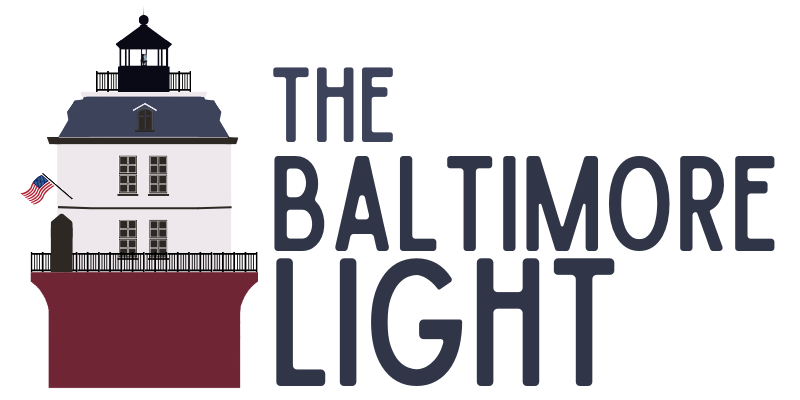The Keepers of the Light
HOW IT STARTED
How does someone buy a lighthouse?
The National Historic Lighthouse Preservation Act of 2000, allowed the Government to “dispose” of the Nation’s historic lighthouses (those listed on the National Register of Historic Places.) Contrary to how it sounds, the disposal process has given these lighthouses a new lease on life. First, lighthouses are offered to qualified non-profit organizations and local governments. If no suitable takers apply, then the lights are offered at public auction, through the GSA Real Property Disposal Division.
Why would someone buy a lighthouse?
Why not!? It is an opportunity be a part of something truly worthwhile. Lighthouses are no longer being built, and if we do not preserve the ones we have, an important part of our history will be lost. (Plus, it is an amazing place with an amazing view!)
HOW IT'S GOING
The New Keepers of the Light
Baltimore Harbor Light is now owned by the BHL, LLC of Annapolis, MD. The BHL, LLC is a group of private individuals who are committed to the restoration and preservation of Baltimore Harbor Light. As part of our restoration process, we are using the original schematics and drawings of the light as our guide.
It takes a village...
Our current and urgent mission repair is to replace the crumbling main concrete deck. This is the last main incursion of moisture in the structure. Once this is complete we can focus on replacing the interior wood panels, ceilings and floors.
There are always other projects when you are dealing with a structure over 100 years of age that sits in the middle of the bay. Deteriorating structural beams, shoring up the davits and re-pointing and painting exterior brick walls are just some of our ongoing projects. One of our continuing goals is to open the light to private prearranged tours so we can share the restoration progress (and the million dollar view!) with people who have an appreciation of this historic light.
"A MILLION FEET OF LUMBER"
The daunting task of building the original caisson/work chamber.
The erecting of this large lighthouse was one of the most difficult tasks ever undertaken by lighthouse builders at that time. Besides the strong current of the sea at this site, the winter months exposed it to a rush of ice as it moved down the bay.
The water at the the site was not only 23 feet deep, but also had 55 feet of soft and fluid mud below which increased in firmness as the depth increased. This was underlaid by a layer of course sand four feet thick and finally a layer of fine sand. It was in this fine sand that the engineers had to plant the lighthouse bottom.
In order to reach that depth, which was the greatest ever attempted in lighthouse construction, it was necessary to build a caisson and working chamber within in which men could go down and prepare the foundation. To withhold the immense pressure of the water, the caisson was built using gigantic timbers, the smallest of which were 12 feet long and 12" x 12", while the largest were 48 feet long and 24" x 12". In order to get the largest timbers it was necessary to search the Georgia woods for suitable trees.
In the walls more than 600,000 feet of lumber were used, and the roof held an additional 500,000, making a total of 1,100,000 feet of lumber used in the working chamber alone. The weight of this grand structure was estimated to be 972 tons.






